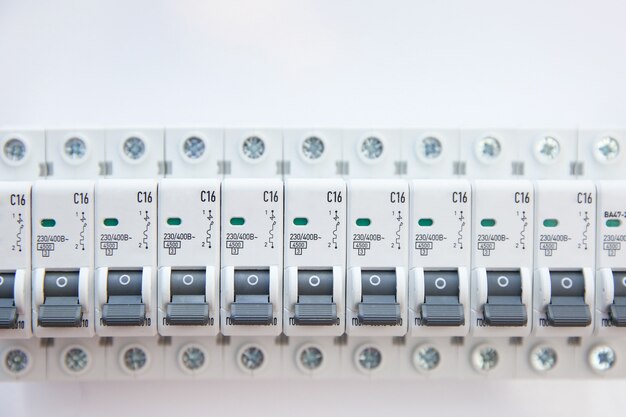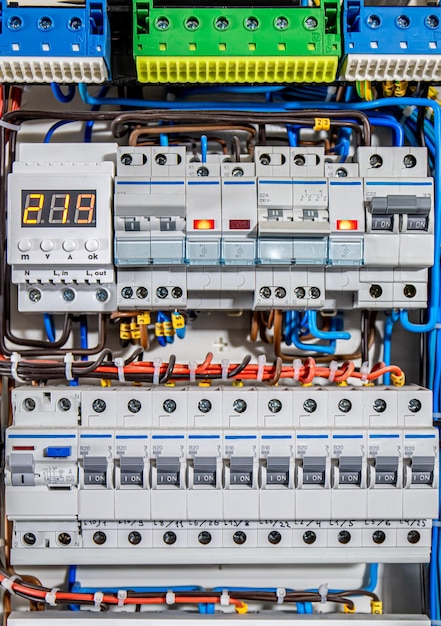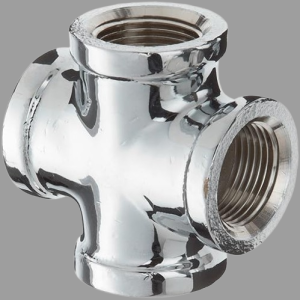A circuit breaker is an essential safety device in electrical systems designed to protect circuits from damage caused by overloads or short circuits. Here are the key details:
- Function: It automatically interrupts the flow of electricity when a fault is detected, such as an overload or short circuit, preventing potential damage, fires, or electrical hazards.
- Operation:
- Detection: Circuit breakers monitor the current flowing through the circuit.
- Trip Mechanism: When the current exceeds a predetermined threshold, the breaker trips (shuts off), breaking the circuit and stopping the flow of electricity.
- Manual Reset: Most circuit breakers can be manually reset after tripping, allowing for quick restoration of power once the fault is corrected.
- Types:
- Miniature Circuit Breakers (MCBs): Used for lower voltage applications, commonly found in residential and commercial buildings.
- Molded Case Circuit Breakers (MCCBs): Used for higher current ratings and industrial applications.
- Ground Fault Circuit Interrupters (GFCIs): Designed to protect against ground faults by shutting off the circuit when an imbalance between the hot and neutral wires is detected.
- Arc Fault Circuit Interrupters (AFCIs): Protect against arc faults, which can cause fires, by detecting unintended electrical arcs and shutting off the circuit.
- Components:
- Contacts: Open and close the circuit. When the breaker trips, the contacts separate, interrupting the current flow.
- Trip Unit: Senses the fault and triggers the tripping mechanism. It can be thermal, magnetic, or a combination of both.
- Actuator/Operating Mechanism: Manually or automatically operates the contacts.
- Advantages:
- Safety: Protects electrical systems and devices from damage and prevents electrical fires.
- Convenience: Can be reset manually, unlike fuses which need to be replaced after they blow.
- Reliability: Provides consistent protection and can be tailored to specific applications and load requirements.
In summary, a circuit breaker is a crucial protective device in electrical systems, designed to automatically interrupt electrical flow in the event of a fault, thereby preventing damage and enhancing safety.










Reviews
There are no reviews yet.